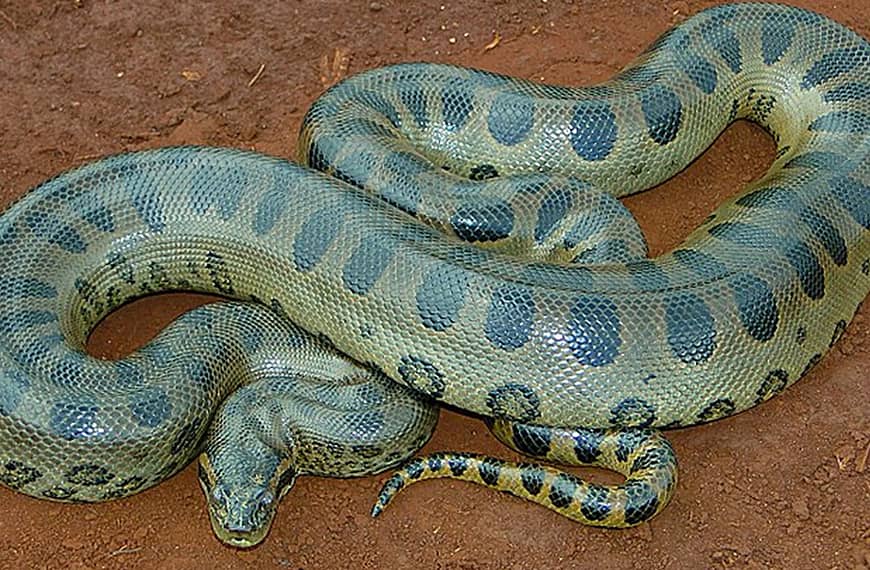A recent paper (Hamidy et al 2023) describes a new homalopsid snake species, Hypsiscopus indonesiensis. The new snake is restricted to Lake Towuti on the island of Sulawesi. Hypsiscopus indonesiensis were collected from a shady area with a water depth of about 10–15 cm and one m from the land.
The new species is assigned to the genus Hypsiscopus based on the possession of several morphological characters, small body size (SVL <700 mm), internasal(s) that do not contact the loreal, upper labials 2–3 or 2–4 are usually in contact with the loreal, lower labials 1–5 usually contact the anterior chin shields, relatively short tails (10–17 % of SVL) (Murphy & Voris, 2014) and molecularly nested in the genus Hypsiscopus (Bernstein et al., 2021; Fukuyama et al., 2022). Hypsiscopus indonesiensis is distinguished from all congeners by having a laterally compressed tail, a high number of scale rows (24–25 in the neck, 25–27 in the mid-body, 20–22 in near the vent), a high number of ventral scales (152–159), a blotched pattern on the dorsum and mottled pattern on the venter.
Located in the South Sulawesi Province of Indonesia, Lake Towuti is the largest lake on the island of Sulawesi. It is encompassed by mountains and forms part of the Malili Lakes system, which includes four other lakes: Matano, Mahalona, Masapi, and Lontoa. A river connects Lake Towuti to Boni Bay. The Malili Lakes are characterized by their hydrological openness, where water from the upstream lake, Matano, flows into Lake Mahalona and eventually reaches Lake Towuti. These lakes boast remarkable biodiversity, with unique flora and fauna, including gastropods, parathelphusid crabs, atyid shrimps, telmatherinid fishes, and diatoms, which have undergone exceptional adaptive radiations.
Despite the hydrological connections among the Malili Lakes, each lake maintains its distinct endemic species, exhibiting high rates of biological endemism. The presence of hydrological barriers during periods of dry conditions, resulting in lower lake levels, may contribute to allopatric speciation. Notably, the extreme El Niño event of 1997-98 caused a significant drought, reducing Lake Towuti’s water levels by three meters and resulting in temporary hydrological closure. Lake Towuti spans an area of 560 square kilometers and sits at an elevation of 318 meters above sea level. It possesses the largest catchment area (~1600 square kilometers) among the Malili Lakes and reaches a maximum depth of 205 meters. The lake receives inflow from various sources, including the Mahalona River that drains Lake Mahalona, smaller drainages from the surrounding peridotite, and a small metasedimentary complex to the southeast.
The laterally compressed tail, narrowed ventral scales, and dorsally oriented eyes suggest that the new species is well adapted for life in the water. The relationship to other members of the genus Hypsicopus will provide clues as to how terrestrial snakes transition from living on land to life in the water.
Citation
Hamidy A, Zakky Q, Fitriyana N, Endarwin W. 2023. A new species of water snake genus Hypsiscopus (Serpentes: Homalopsidae) from Sulawesi, Indonesia. Treubia 50(1):21-38.












